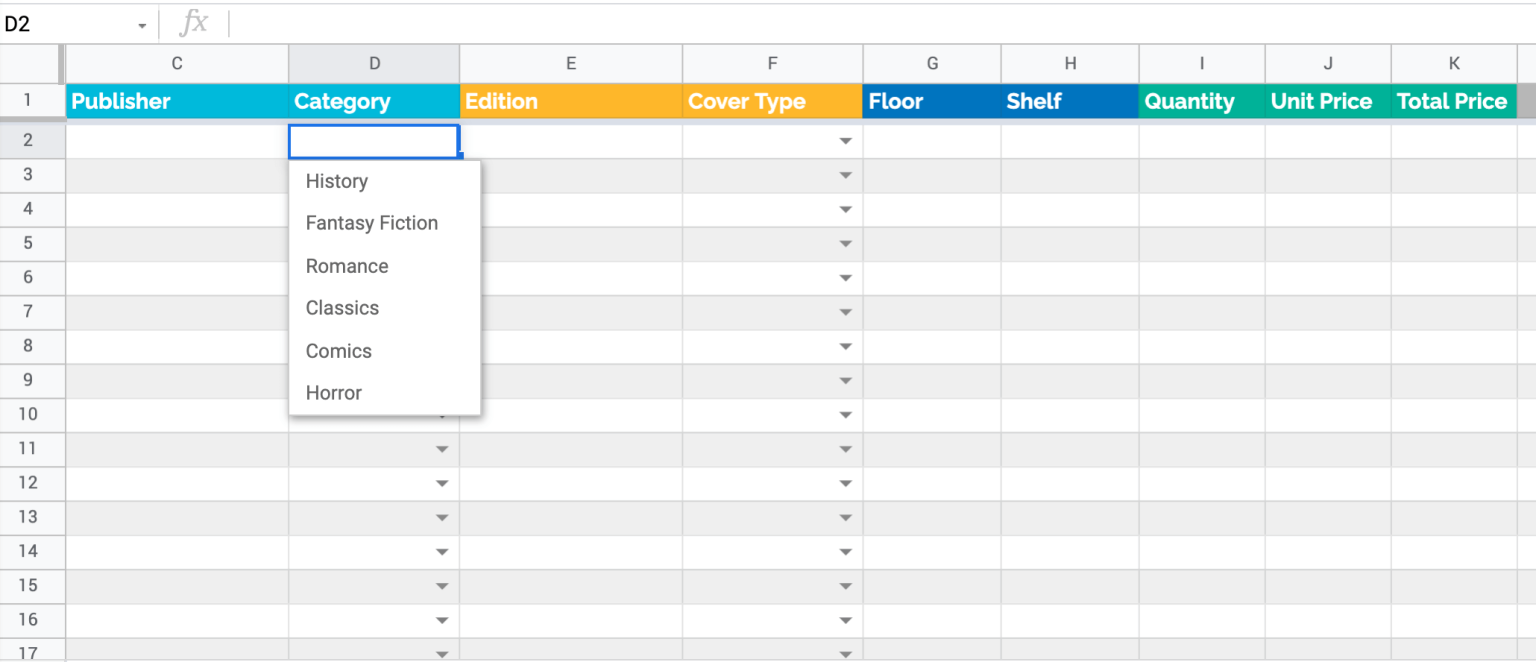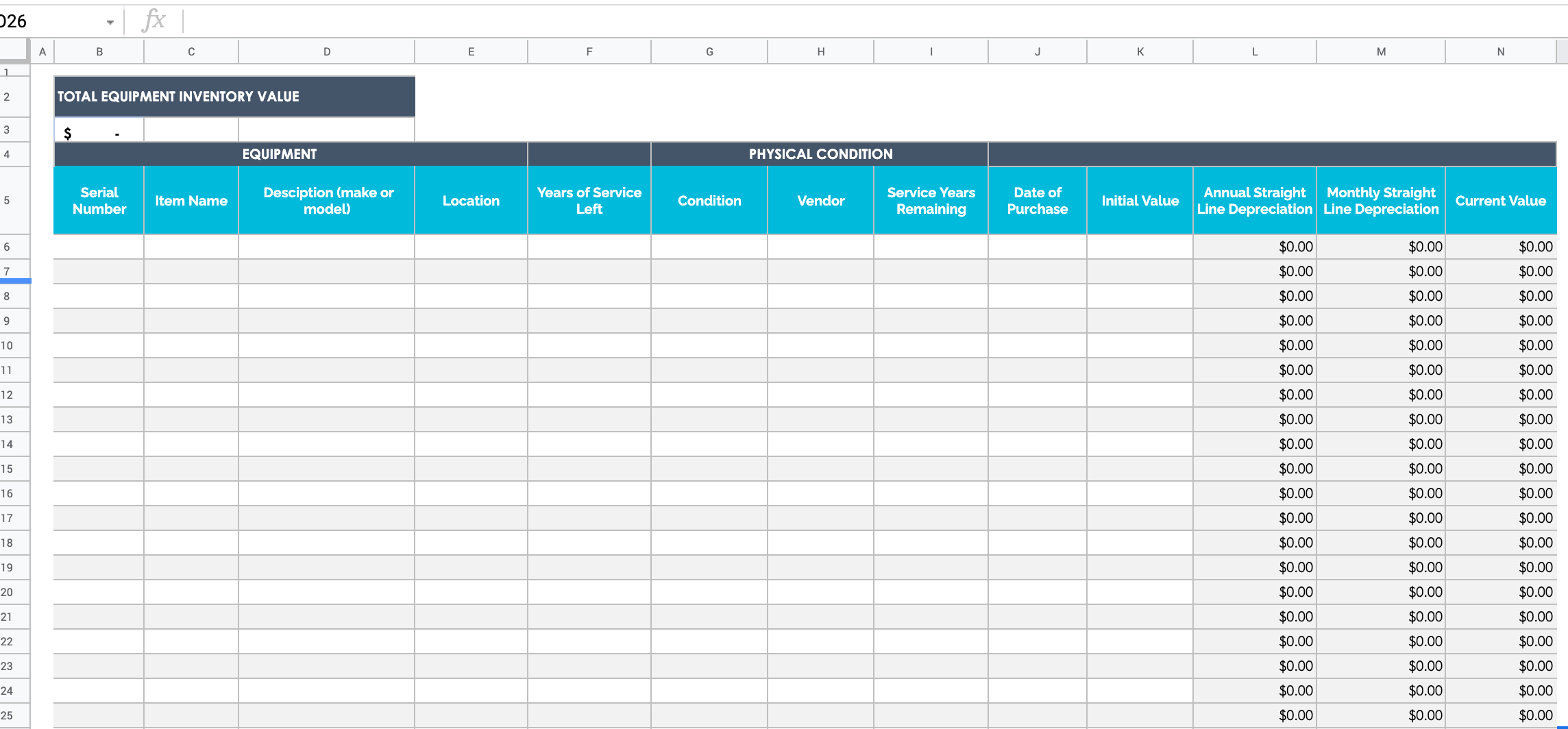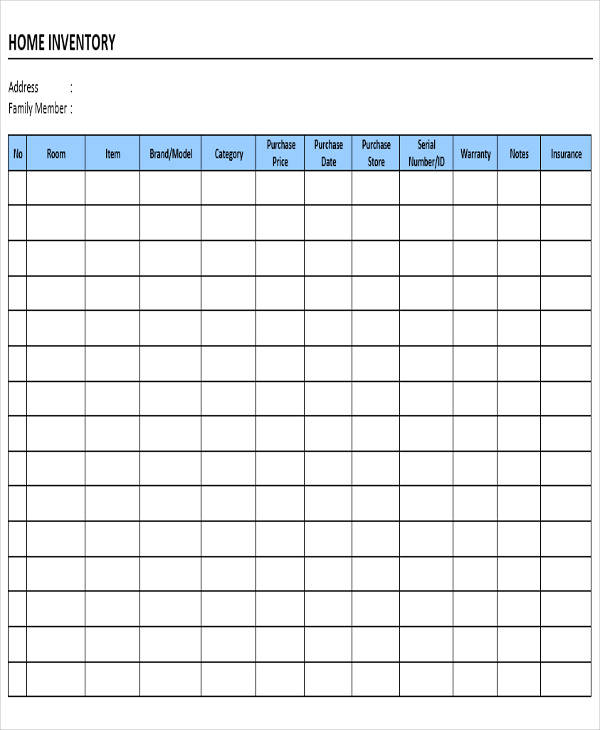

So if you left the third column ("Level") blank, the location code would detect this and will give a shorter code without putting any extra hyphens. The location code formula is set so that you do not need to use all three parts of the location code. You could simply change the "Aisle" header text to "Section", and change the "Slot" header text to "Vendor". So let's say that you own an antique store and your store is separated by sections and vendors. You can adapt this to your specific needs / terminology by simply changing the headers for the location columns. This code will separate the numbers for aisle, slot, and level, with a hyphen (-).įor example, if your item was in aisle 3, slot 115, and on level B of that slot, after entering these numbers into columns L through N, the location code that the template will generate in column K, will be the following: Location Code: Column K will generate a location code based on the aisle, slot, and level that you enter for each item.

The inventory template allows you to record the aisle, slot, and level of each item, in columns L, M, and N. If you have a warehouse, a shop with aisles, or even a shop that has multiple vendors, you may want to record the locations of your items. Order Status: If there are 1 or more of a certain item on order, this indication will say "On Order" and the cell will be yellow If a maximum quantity is entered, and if there are more items in inventory than the maximum quantity, this indication will say "Overstocked" and the cell will be blue. If there are 0 of a certain item, this indication will say "Out of Stock" and the cell will be red. If there are 1 or more of a certain item, this indication will say "In Stock" and the cell will be green. Stock Status: This column shows whether each item is in stock or not, based on the enter quantities Quantity + Order: This total shows you the current quantity of items that you have, added to the quantity of items that are on order Order Needs: This column will show you how many items should be ordered to reach the maximum quantity for an item (Considering the current amount in stock) View detailed totals and stock statusĪfter you have entered the item information / amounts, you can view the totals and status indications in columns G through K. In the "Expiration Date" column, the cells will turn red in the rows that contain items that have expired. At the top of this column, today's date will display. The template also has a column where you can track the expiration date of your items. The template has a place for you to record these amounts, in columns D and E. Columns for "On Order", Max Quantity", and "Expiration Date"īeyond knowing how many of each item you have in stock, you may also want to track how many of each item that you have on order, and the maximum quantity for each item. If you would like you can also enter the "Item ID" for your items.


In columns A, B, and C, you can enter the names of your inventory items, as well as the quantities that you have for each item. Enter basic information into columns A, B, and C The other columns can be ignored or hidden if they do not apply to your needs. Remember that only the first three columns in the template are essential. Below are instructions on where to enter different types of information into the template. There is a wide range of information that you can track in the Google Sheets inventory template. Entering items and other information into the inventory template


 0 kommentar(er)
0 kommentar(er)
